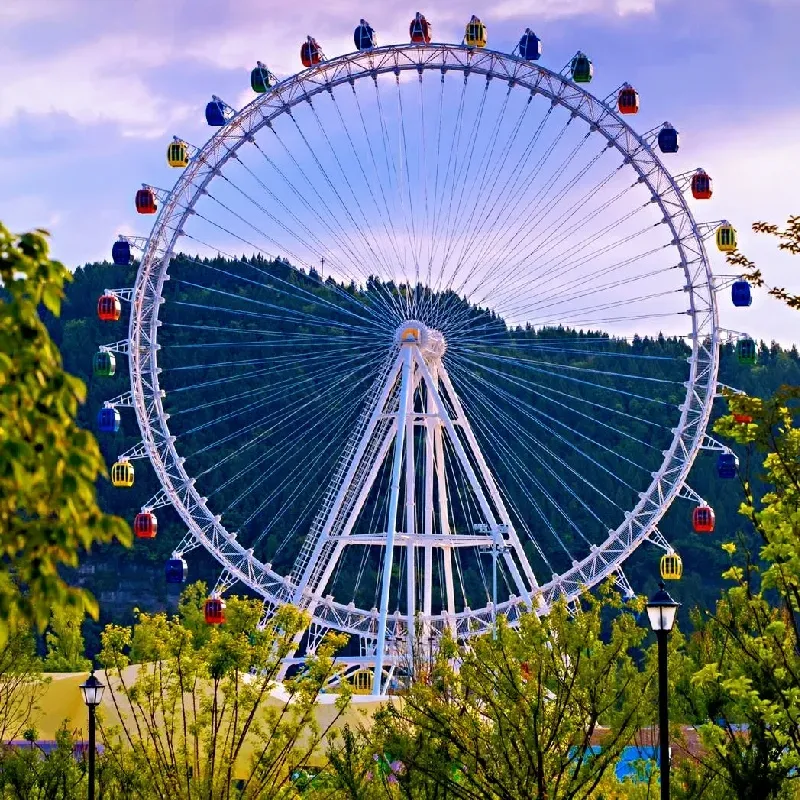- Albanian
- Arabic
- Belarusian
- Bengali
- Czech
- English
- French
- German
- Hebrew
- Hungarian
- Indonesian
- irish
- Italian
- Japanese
- kazakh
- Persian
- Russian
- Thai
- Uzbek
- Vietnamese
Exciting Roller Coasters Available for Purchase to Enhance Your Amusement Park Experience
Finding the Perfect Roller Coaster for Sale A Thrilling Investment
If you're looking to elevate your amusement park or entertainment venue, purchasing a roller coaster can be an exhilarating yet daunting task. Roller coasters are not just rides; they are attractions that generate excitement, thrill, and unforgettable memories for guests of all ages. With the right roller coaster, you can redefine the experience of your park, enhance customer satisfaction, and significantly boost your revenue. Here’s a guide to help you navigate the process of finding the perfect roller coaster for sale.
Understanding Your Audience
Before delving into the search for a roller coaster, it's crucial to understand your target audience. Are you catering to families with young children, thrill-seekers, or a mix of both? Identifying the demographic will help you determine what type of roller coaster to invest in. Family-friendly coasters, such as kiddie coasters or smaller wooden coasters, tend to attract a younger audience, while adrenaline-pumping steel coasters or launch coasters are more appealing to thrill-seekers.
Assessing Space and Regulations
Once you have a clear idea of your audience, the next step is to assess the space available for your new attraction. The layout and footprint of the roller coaster will significantly influence your choice. Measure the area where you intend to install the coaster, ensuring you account for not just the ride itself, but also any additional space needed for queuing, safety, maintenance, and operational requirements.
Additionally, you must be aware of local regulations and safety standards. Consult with local authorities to understand what permits and inspections will be necessary before purchasing and installing a roller coaster. Compliance with regulations is not only legal but also essential for ensuring the safety of your guests.
Choosing the Right Type
When it comes to roller coasters, there are several types to consider
1. Wooden Coasters Known for their classic appeal and nostalgic charm, wooden coasters offer a unique ride experience that many enthusiasts love. They often have a shorter lifespan than steel coasters but can be beautifully designed and iconic.
2. Steel Coasters These are incredibly versatile and can be engineered to achieve greater heights and speeds. Steel coasters often come with more intricate designs, loops, and inversions, making them a favorite among thrill-seekers.
3. Launch Coasters These coasters use a launch mechanism rather than a traditional lift hill. They can provide an exhilarating start and are popular for their speed and thrilling elements.
roller coaster for sale

4. Family Coasters These rides are ideal for younger guests and families, offering milder thrills while maintaining excitement.
5. Spinning Coasters These add an element of unpredictability, as the cars spin during the ride, creating a unique experience every time.
Evaluate which type aligns best with your park's theme and customer base.
Budgeting for Your Ride
Purchasing a roller coaster involves significant financial commitment. Prices can vary widely based on the type, length, and complexity of the ride, with costs ranging from hundreds of thousands to millions of dollars. It’s essential to create a realistic budget that includes not just the purchase price but also installation, maintenance, insurance, and operational costs.
You may also want to explore financing options or seek partnerships with manufacturers or suppliers who can offer assistance. Some manufacturers also provide warranties and maintenance programs, which can be beneficial in managing ongoing costs and ensuring the longevity of your investment.
Finding Reliable Suppliers
Once you’ve outlined your audience, space, type, and budget, it’s time to begin the search for roller coasters for sale. Look for reputable manufacturers and suppliers with a solid track record and customer satisfaction. Reviewing customer testimonials and past projects can offer valuable insights into the quality of their products and service.
Exhibiting at industry trade shows is also an excellent way to connect with manufacturers, explore new concepts, and see ride prototypes in person. Building relationships with suppliers can lead to better deals and after-sales support.
Conclusion
Investing in a roller coaster is a thrilling venture that requires careful consideration and planning. By understanding your audience, assessing space, choosing the right type of coaster, budgeting wisely, and finding reliable suppliers, you can make an informed decision that promises to enhance your amusement park's appeal and success. With careful planning, your new roller coaster could become the highlight of your venue, drawing in guests and creating lasting memories for years to come.
-
Flume Ride-Hebei Zhipao Amusement Equipment Manufacturing Co., Ltd.|Thrilling Water Attraction&Customizable DesignJul.30,2025
-
Flume Ride - Hebei Zhipao Amusement Equipment | Water Coaster, Thrilling DescentJul.30,2025
-
Flume Ride - Hebei Zhipao | Thrilling Water AttractionJul.30,2025
-
Flume Ride: Thrilling Water Attraction by Hebei Zhipao|Log Flume Manufacturers&Flume Ride DesignJul.30,2025
-
Flume Ride-Hebei Zhipao Amusement Equipment Manufacturing Co., Ltd.|Thrilling Water Coaster, Safe DesignJul.30,2025
-
Flume Ride-Hebei Zhipao Amusement Equipment Manufacturing Co., Ltd.|Thrilling Water Attraction, Safe DesignJul.30,2025
